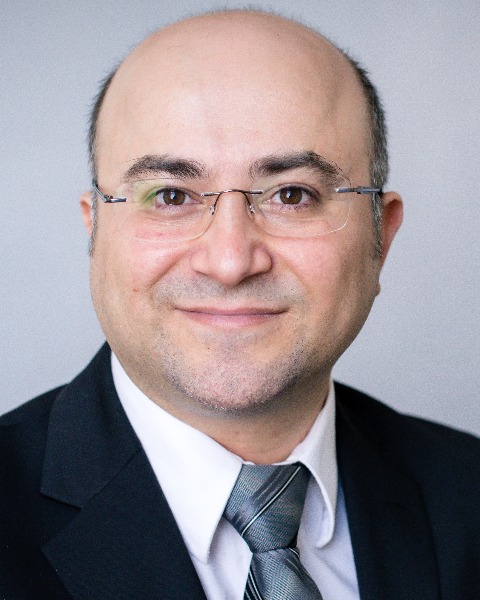Dialysis Interventions and Transplant Interventions
Complications with percutaneous endovascular arteriovenous fistula creation and management

Rakesh K. Varma, MD
Associate Professor
University of PittsburghDisclosure(s): Becton Dickinson & Company: speaker (Ongoing)
- DG
David M. Galambos, MD
Resident Physician
UAB - AA
Alian Al-balas, MD
Associate Professor
University of Alabama at Birmingham - JH
Jeffrey Hull, MD (he/him/his)
Chief Medical Officer
Aveera Medical, INC 
Juan Carlos Perez Lozada, MD (he/him/his)
Associate Professor
Yale School of Medicine
Husameddin El Khudari, MD (he/him/his)
Associate Professor
UAB
Abstract Presenter(s)
Author/Co-author(s)
1. To familiarize the various immediate and delayed complications associated with percutaneous endovascular fistula (pAVF) creation, including radiofrequency and thermal technologies.
2. To understand the pathophysiology of these complications and identify the associated risk factors.
3. To provide a comprehensive review of the literature pertinent to complications
4. To identify strategies to minimize complications and provide a guide to its management
Background:
Arteriovenous fistula creation remain the preferred vascular access for hemodialysis. pAVF creation trends higher rates of success with creation, patency, usability and lower maturation time compared to surgical fistula (sAVF) creation. Even though this technique is minimally invasive, complications have been reported. This exhibit provides a comprehensive pictorial review of most of the complications reported during creation, assisted maturation and during long term follow up. Insight into the risk factors and pathophysiology can provide a guide to minimize complications, aid the management and improve outcomes.
Clinical Findings/Procedure Details:
The exhibit will provide relative anatomy of the upper extremity vessels for better understanding of the potential sites for complications. The exhibit will categorize the complications as below and provide management of individual complications, literature review and overall strategies to minimize complications.
1. immediate: A. Sedation (respiratory depression)
B. Supraclavicular nerve block (phrenic nerve palsy, pneumothorax, nerve injury, local anesthetic systemic toxicity)
C. Creation/assisted maturation (arterial/ venous hematoma, creation site vs access site pseudoaneurysm, non-targeted embolization, closure device related, dissection)
2. Delayed: Post procedural ( hematoma, arterial/venous pseudoaneurysm, dialysis associated steal syndrome, thrombosis, infection, ischemic monomelic neuropathy, venous hypertension)
Conclusion and/or Teaching Points: pAVF creation is a safe procedure and has lower complications (1.5%-9.3%) vs sAVF (4.5%-26%). Identification of potential risk factors before creation and implementing select strategies during creation, can aid in minimizing complications. The most common complications of pAVF include hematoma and pseudoaneurysm formation. In suitable cases, arterial wrist access provides better hemostasis over brachial access. In general low complications are reported with the use of thermal resistance anastomosis device.

.png)
.png)
.png)
.jpg)
.jpg)
.png)
.png)
.jpg)
.png)